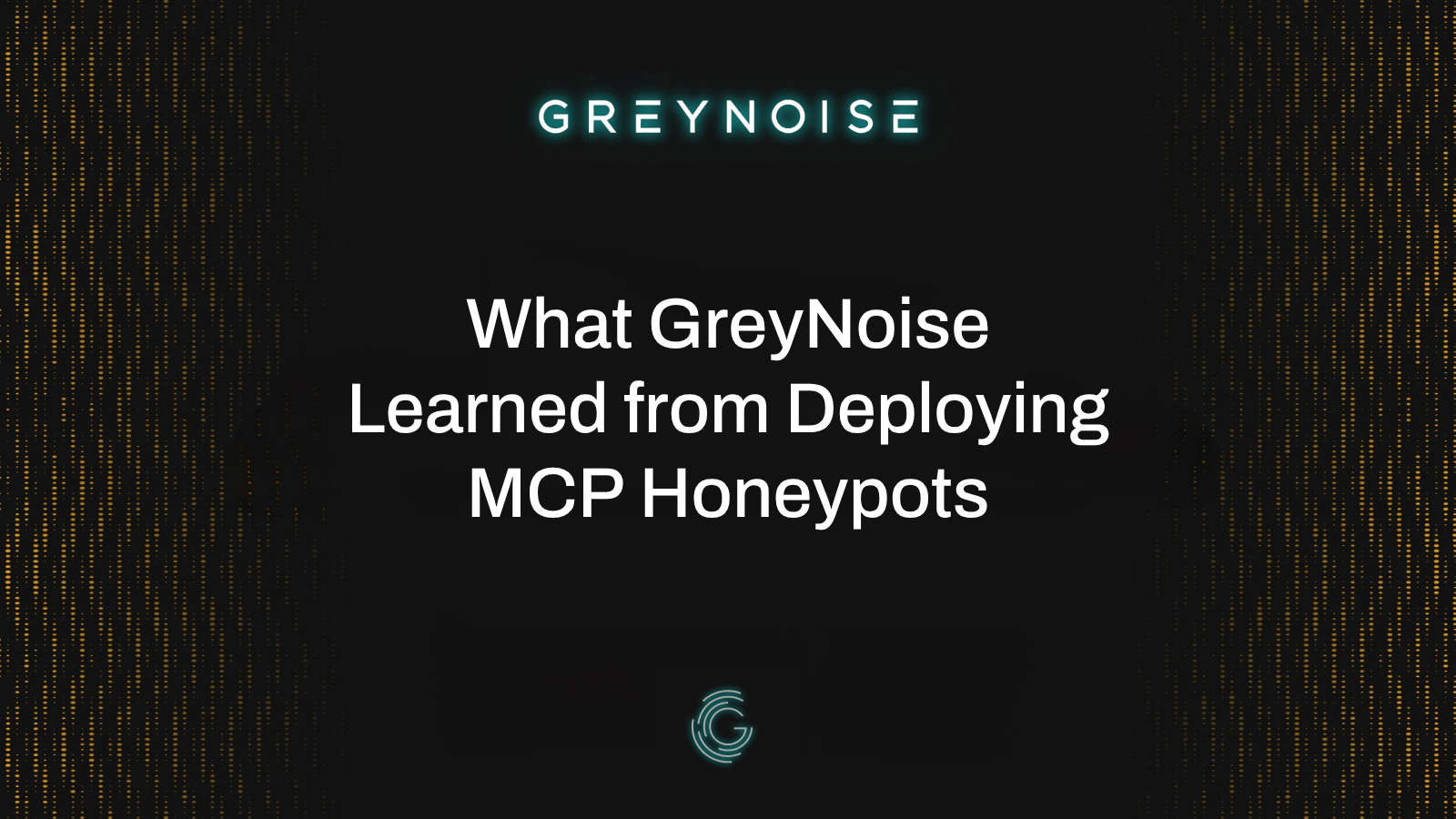GreyNoise often gets asked, “Do you see zero-day exploits in your dataset?”
If GreyNoise observes an exploit, it means that a non-zero proportion of the internet has observed it simultaneously as well. We often observe widespread exploitation of a vulnerability: either before a CVE is assigned, or before vendors provide any communication. Unfortunately, these exploits often go unnoticed due to a lack of widespread observability, lack of investigation, or lack of communication from vendors telling security teams they should be paying attention to suspicious payloads targeting devices.
GreyNoise (both as a product and platform) serves to increase context and security analyst efficiency so that more time can be spent investigating the aforementioned suspicious payloads. We are also uniquely positioned to provide context to security researchers and software vendors who are in the process of disclosing a new vulnerability.
Zero-day exploits and GreyNoise
When a vendor is made aware of a vulnerability, a common playbook unfolds. First, the relevant information is often kept tightly under wraps until a public communication is released, frequently delayed under the guise of “preventing malicious actors from obtaining useful information and giving customers more time to patch.” Behind the scenes, the cybersecurity community hopes that the vendor is taking the time to work with various providers to develop detection rulesets and mitigation strategies.
The harsh reality is that “preventing malicious actors from obtaining useful information” and “giving customers time to patch” are mutually exclusive. If a software patch is available to customers, it can be compared to the prior version of the software, often clearly identifying the section of code that malicious actors should target. The false implication of this type of message is that the “exploitation clock” starts when the vendor’s PR team wants it to.
Vendor PR teams are invited to work together with the GreyNoise Research team early in their investigations. Collaboration allows GreyNoise to share actionable intelligence on whether their yet-to-be-released security bulletin should be given a higher priority because, for example, GreyNoise observed their product being exploited 2 weeks ago.
An Invitation from the GreyNoise Research Team
The GreyNoise Research team explores and classifies network payloads from our vast array of sensors around the world. When a new vulnerability is disclosed, we can quickly determine if the vulnerability has been observed “in the wild” recently as well as historically (since our dataset goes back to 2020). This provides valuable intel for prioritizing vulnerability disclosure.
If you are a vendor or cybersecurity researcher working through a vulnerability disclosure, we encourage you to reach out to the Research team for coordination and actionable intel. In return, we can provide contextualized knowledge to the larger cybersecurity community and a name to label what GreyNoise is already seeing. It’s one of the ways we maximize security analyst efficiency and give fast context to what their teams are investigating.
Find us at research@greynoise.io.









.png)

